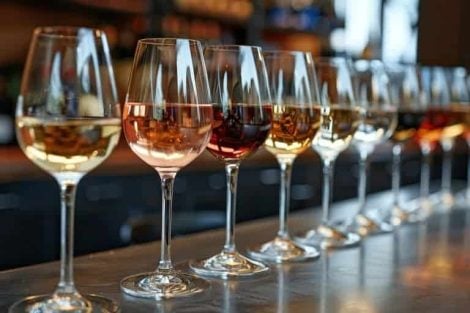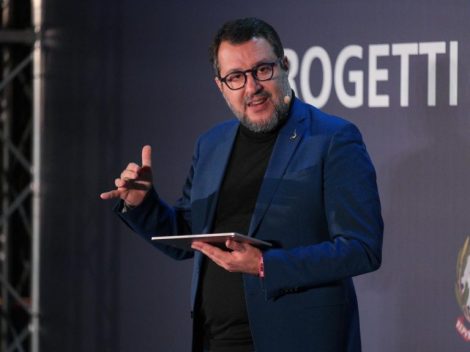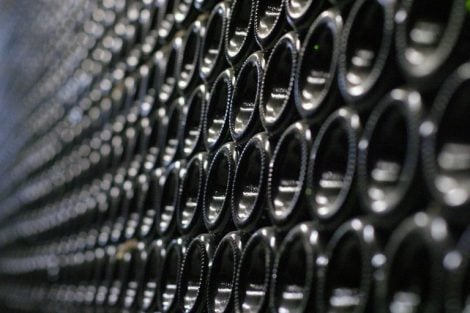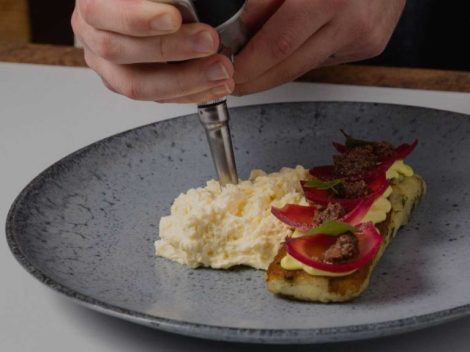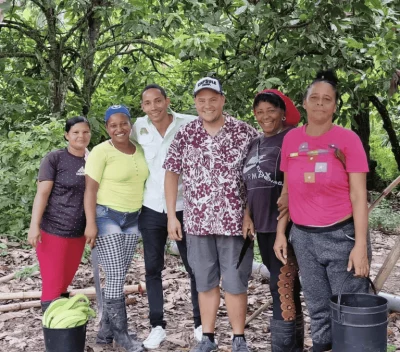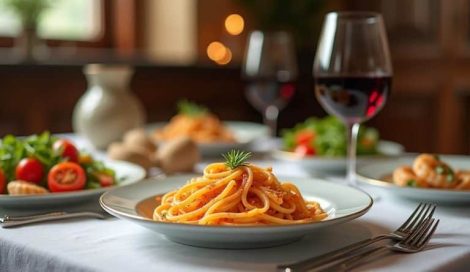Once again, we return to Piedmont to tell the white side of the region, which is the least explored and famous, but we assure you it always gives great satisfaction.
We are in the province of Cuneo, in Roero to be precise. It is the hilly area that runs along the left bank of the Tanaro and takes its name from the ancient noble family that owned its fiefdom right here. On these loose, sometimes sandy soils, the nebbiolo, of course, found its home, but also a native white, arneis.
Like many other indigenous grapes in our country, arneis also risked disappearing from the Italian ampelographic palette: in fact, in the 1970s there were only a few winemakers left to vinify and bottle it. Then, slowly, it emerged from the crowded Piedmont wine panorama, producers began to believe in it, and today it is one of the most established whites in the region: its slight hint of almond is very characteristic. It has had DOC recognition since 1989.
The Roero Arneis with the best quality-price ratio for the Berebene 2024 guide
We show you with the following list some great Roero Arneis with the best value for money. These are the best wines of this type reviewed in the Gambero Rosso Berebene 2024 guide with a rating of over 90 cents and costing less than 20 euros. And, flipping through the guide, it is easy to notice that in the case of Roero Arneis, great quality often accompanies affordability.
The 2022 Roero Arneis by Filippo Gallino highlights aromas of ripe white fruit and white pepper on the nose, followed by a fresh and gritty palate, with a long finish characterized by notes of citrus and aromatic herbs. The winery founded by Filippo Gallino in 1961 is now led by his children Laura and Gianni and boasts several vineyards, mostly located on the typical clay-sandy soils of this territory.
The 2021 Roero Arneis Arajs by Pedemontis highlights notes of yellow fruit, aromatic herbs, and white flowers on the nose, with a fresh, long, and good-quality palate. The Pedemontis farm has decided to engage in viticulture for some years now, producing a small range of wines in Roero. Committed to practicing sustainable agriculture, it relies on 13 hectares of vineyards located in the municipalities of Magliano Alfieri, Castellinaldo, Priocca, and Govone.
The 2022 Roero Arneis Cecu d'la Biunda by Monchiero Carbone features fresh citrus, cedar, and chalk aromas followed by a balanced, gritty, and tenacious palate, savory and long, with a finish that returns to citrus tones. The Monchiero family's company relies on several proprietary vineyards located in the municipalities of Canale, Vezza d'Alba, Monteu Roero, and Priocca, where traditional grapes such as arneis, barbera, and nebbiolo are cultivated.
The 2022 Roero Arneis San Michele - Fabrizio Battaglino offers scents of white fruit and aromatic herbs on the nose, while the palate has tones of citrus, is savory, gritty, and fresh. Fabrizio Battaglino's company relies on proprietary vineyards in Vezza d'Alba, where arneis and nebbiolo are grown in the MGA Bastia and Colla, in Canale, where arneis is grown in the MGA San Michele, and in Guarene, where barbera is grown on the Montebello hill.
The 2022 Roero Arneis Seminari by Stefanino Costa highlights aromas of cedar and orange peel, for a consistent, fresh, gritty, and tense palate. The Costa family's vineyards are located in the municipalities of Canale, Montà, and Santo Stefano Roero, on predominantly sandy soils, between 350 and 400 meters above sea level, and see the presence of the classic grape varieties of the territory, from arneis to nebbiolo, from barbera to brachetto.
The 2022 Roero Arneis V. Bricco Novara by Bric Castelvej Gallino Domenico highlights floral, citrusy, and chalky tones on the nose, while the palate is consistent, savory, and long. Bric Castelvej is managed by Mario Repellino and his son Cristiano and relies on 15 hectares of vineyards in Canale, on the classic sandy soils of Roero with inserts of silt and clay. The cultivated grapes are those traditional to this territory, arneis, barbera, and nebbiolo.

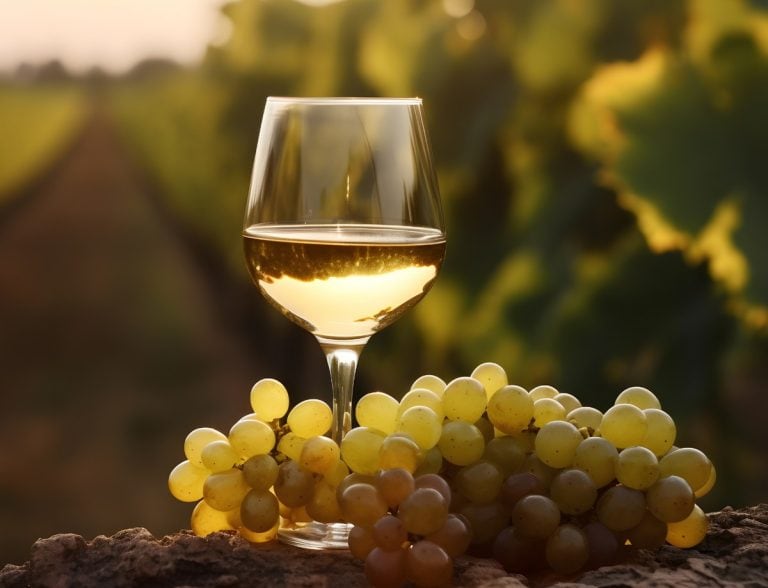
 From the Metropolitan Pavilion to the Top Italian Restaurant: Gambero Rosso showcases Italian wine in New York
From the Metropolitan Pavilion to the Top Italian Restaurant: Gambero Rosso showcases Italian wine in New York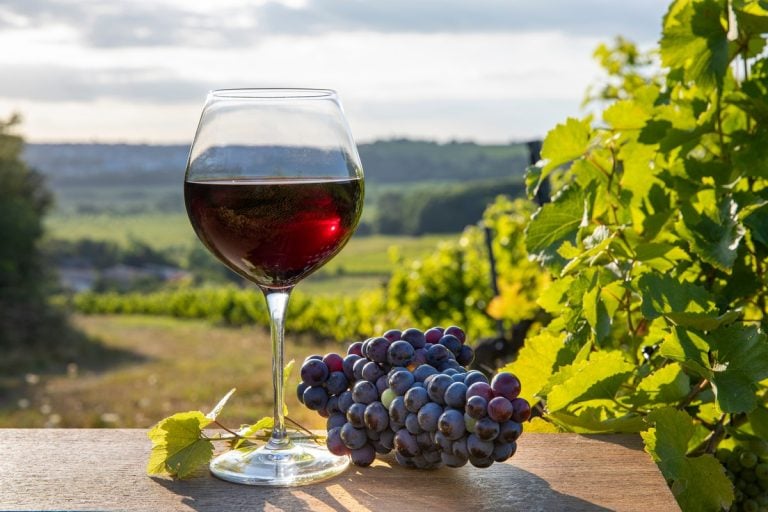 The 14 best-value Pinot Noir wines among reds, rosés, and sparkling wines chosen by Gambero Rosso
The 14 best-value Pinot Noir wines among reds, rosés, and sparkling wines chosen by Gambero Rosso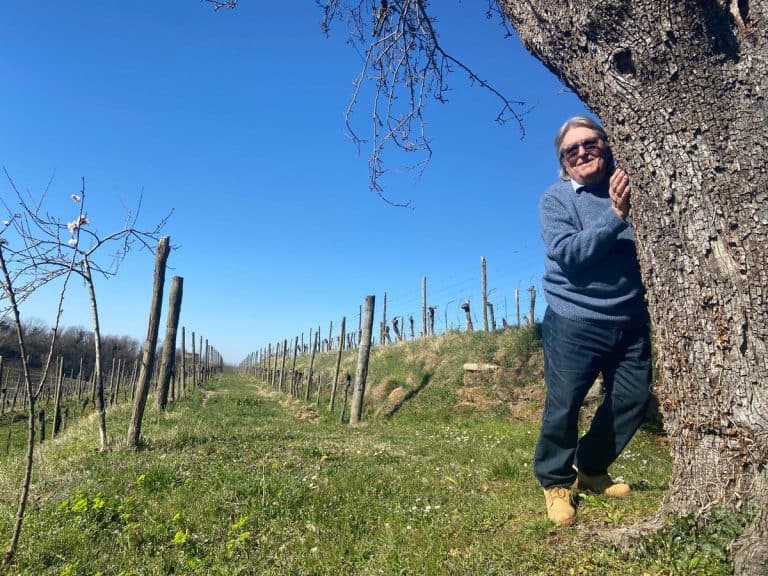 One of the best Pinot Bianco wines from Friuli Venezia Giulia is made by a former Bbnker. Here’s which one
One of the best Pinot Bianco wines from Friuli Venezia Giulia is made by a former Bbnker. Here’s which one Spoiler: wine export to the US in 2024 will break records, but consumption will decline as well
Spoiler: wine export to the US in 2024 will break records, but consumption will decline as well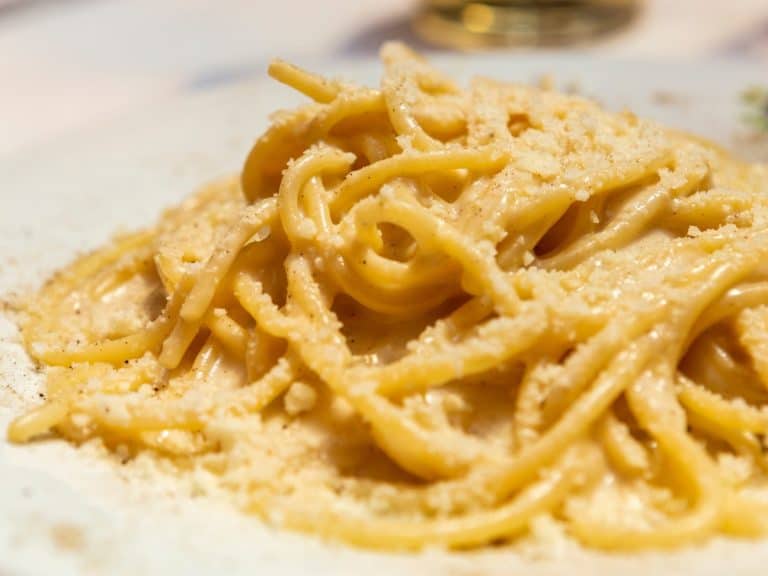 The real cacio e pepe is made without cream (or almost). The recipe from a great Roman trattoria
The real cacio e pepe is made without cream (or almost). The recipe from a great Roman trattoria